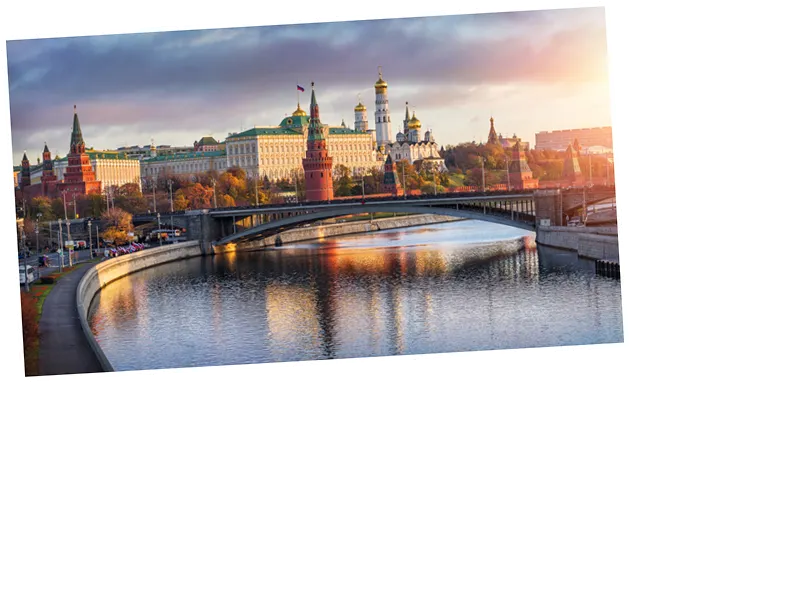The updated nuclear doctrine reflects a strategic shift in Russia's military posture, indicating a more aggressive stance in response to perceived threats from NATO and the West.
The timing of the doctrine's revision suggests a calculated response to U.S. military support for Ukraine, highlighting the interconnectedness of global military strategies and the potential for miscalculation in the ongoing conflict.
Experts warn that the Kremlin's willingness to consider nuclear options in response to conventional attacks could lead to dangerous escalations, particularly if Western nations continue to supply Ukraine with advanced weaponry.
The revision of Russia's nuclear doctrine may lead to increased tensions between Russia and NATO, as both sides reassess their military strategies in light of the new threats.
There is a possibility of heightened military activity in Eastern Europe as Russia seeks to demonstrate its resolve in the face of perceived aggression from the West.
Future conflicts may see a greater reliance on nuclear rhetoric as both sides attempt to deter each other from escalating military actions.
On November 19, 2024, Russian President Vladimir Putin signed a revised nuclear doctrine that significantly alters the conditions under which Russia may use its nuclear arsenal. This update comes in direct response to the recent decision by the Biden administration to allow Ukraine to utilize U.S.-made long-range ATACMS missiles against targets within Russia, a move that Moscow perceives as a serious escalation in the ongoing conflict in Ukraine.
The revised doctrine, titled 'Basic Principles of State Policy on Nuclear Deterrence,' lowers the threshold for nuclear response. It now permits the use of nuclear weapons not only in the face of existential threats but also in response to conventional attacks that threaten Russia's sovereignty or territorial integrity. Kremlin spokesman Dmitry Peskov emphasized that attacks on Russian territory, particularly those involving U.S. weaponry, could trigger a nuclear response.
The document outlines specific scenarios that could warrant a nuclear strike, including aggression from non-nuclear states supported by nuclear powers, and any significant conventional military actions that threaten Russia or its allies. This broadening of the doctrine raises concerns about the potential for nuclear escalation in the conflict with Ukraine.






